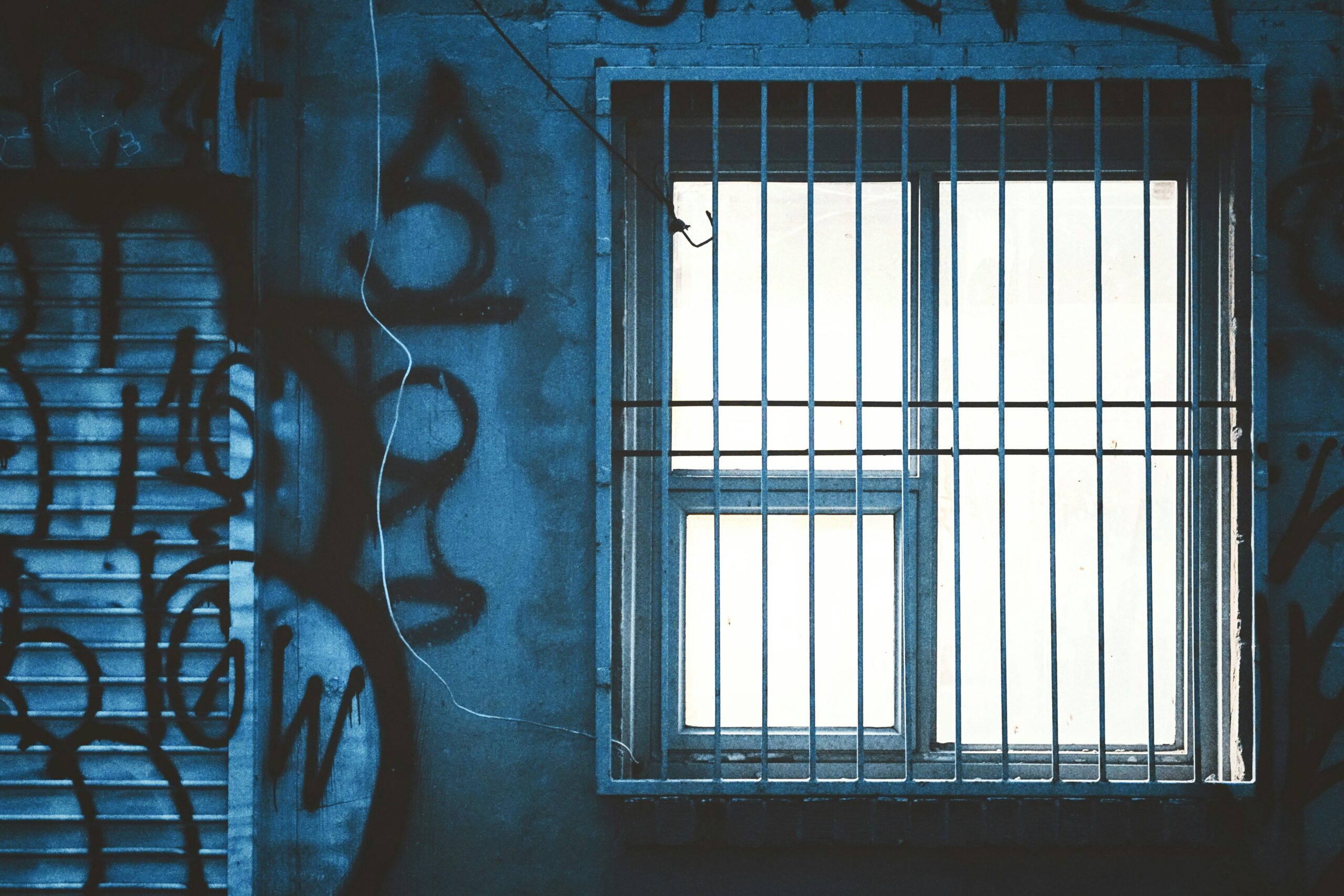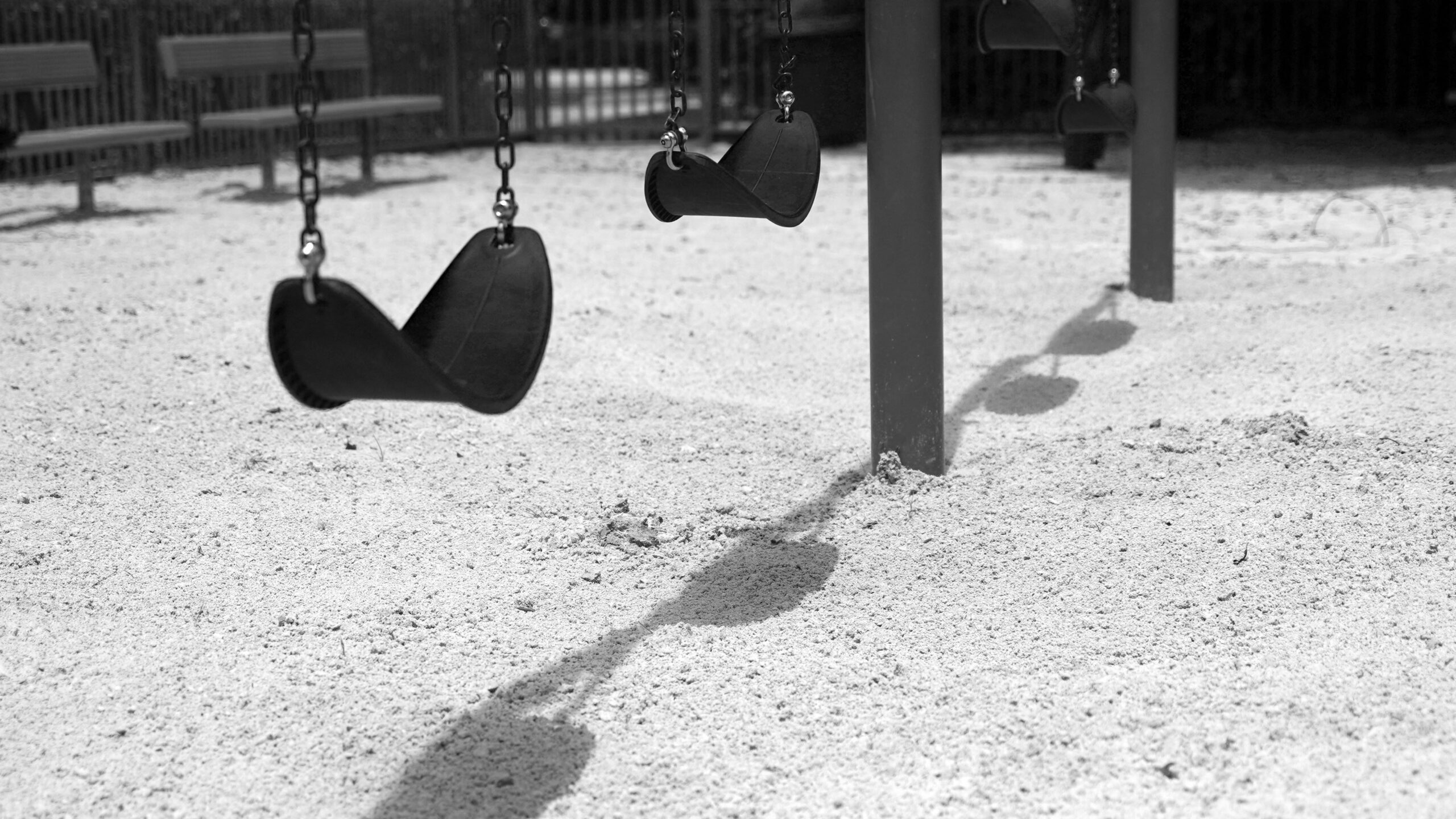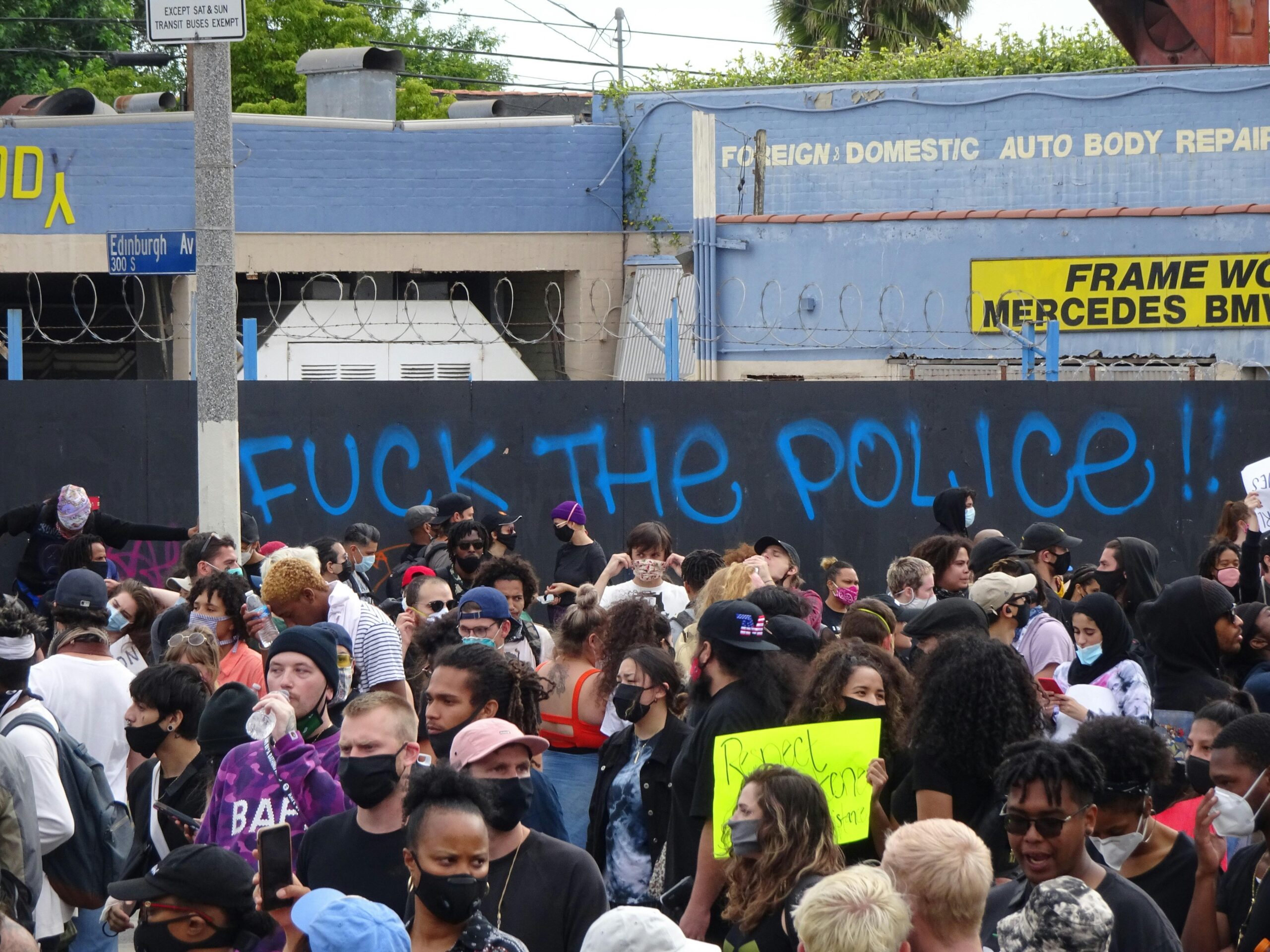Why do some people find themselves caught in a cycle of crime, becoming repeat offenders despite the consequences? It’s a question that puzzles psychologists, law enforcement, and everyday folks alike. What drives someone to slip back into illegal behavior again and again? Is it choice, circumstance, or something deeper lurking beneath the surface? In this article, we’ll dive into the complex world of recidivism, exploring the reasons behind repeat offenses and what might be done to break the cycle. Join me as we unravel this intriguing and important issue.
Table of Contents
- Understanding the Root Causes Behind Repeat Offending
- How Environment and Upbringing Influence Criminal Behavior
- Breaking the Cycle Through Targeted Rehabilitation Programs
- Effective Strategies Communities Can Use to Support Change
- The Way Forward
Understanding the Root Causes Behind Repeat Offending
At the heart of repeat offending lies a complex web of interrelated factors that extend far beyond the crime itself. Economic hardship often plays a pivotal role—when individuals struggle with poverty, limited job prospects, and unstable living conditions, the temptation or perceived necessity to reoffend can intensify. Additionally, the stigma attached to a criminal record can create a cycle of exclusion, making reintegration into society challenging. This social alienation feeds into a feeling of hopelessness that can trap offenders in a recurring pattern.
Other underlying elements include untreated mental health conditions and substance abuse issues that significantly impair judgment and self-control. The absence of supportive networks—whether family, community, or institutional—further exacerbates the likelihood of relapse. To summarize, some key contributors are:
- Lack of access to rehabilitation programs
- Inadequate mental health and addiction support
- Systemic barriers to employment and education
- Social isolation and stigma
Recognizing these factors is crucial to addressing the deeper currents beneath repeat offenses, paving the way for more effective interventions focused on prevention rather than punishment.
How Environment and Upbringing Influence Criminal Behavior
Criminal behavior rarely develops in a vacuum. The intricate web of an individual’s environment plays a significant role in shaping their choices and actions. Growing up in neighborhoods plagued by poverty, limited resources, and social unrest can normalize certain unlawful behaviors, making them seem like viable options for survival or respect. Family dynamics, too, leave a lasting imprint—exposure to violence, neglect, or inconsistent discipline often undermines the development of empathy and self-control. This toxic blend can create a fertile ground where criminal tendencies take root and flourish.
Factors contributing to this cycle often include:
- Chronic exposure to substance abuse or domestic violence
- Lack of positive role models or mentorship
- Educational disparities and limited access to opportunities
- Community stigmatization and social isolation
It’s precisely this complex background that makes breaking free from the cycle so challenging. The environment not only influences initial choices but can also reinforce repeat offenses by perpetuating the same patterns of behavior and limiting alternatives for change.
Breaking the Cycle Through Targeted Rehabilitation Programs
One of the most promising approaches to reducing repeat offenses lies in rehabilitation programs designed with precision and intention. These initiatives focus on addressing the underlying factors contributing to criminal behavior rather than simply punishing it. Customized interventions that target individual needs—such as mental health support, addiction treatment, educational opportunities, and employment training—can pave the way for lasting transformation. When offenders receive comprehensive care, they’re equipped not only to break away from damaging habits but also to reintegrate successfully into society.
Furthermore, successful rehabilitation programs share several key elements that foster positive change:
- Consistent psychological counseling to unravel root causes of behavior
- Skill-building workshops that improve self-sufficiency and confidence
- Strong post-release support networks to reduce feelings of isolation
- Community engagement to foster a sense of belonging and responsibility
By strategically weaving these components into rehabilitation efforts, the cycle of reoffending can be disrupted—laying the foundation for a future where second chances are truly meaningful.
Effective Strategies Communities Can Use to Support Change
Communities stand at the frontline when it comes to encouraging lasting transformation for individuals caught in the cycle of repeat offenses. One of the most impactful approaches is fostering inclusive support networks that address the root causes of recidivism, such as lack of education, employment, and emotional support. Small but consistent efforts like mentorship programs and peer support groups create a safe space where former offenders can rebuild their identities, gain confidence, and develop essential life skills. When people feel genuinely seen and valued by their community, the urge to relapse into old behaviors diminishes significantly.
Another critical mechanism is the collaborative involvement of local institutions working hand in hand with social services, law enforcement, and nonprofits. By creating holistic interventions — including job training, housing assistance, and mental health counseling — communities can address the complex tapestry of challenges that lead individuals back into the justice system. Practical initiatives might include:
- Community-led restorative justice circles
- Access to affordable education and vocational courses
- Programs that support family reunification and relationship building
- Regular check-ins through community outreach coordinators
Through these thoughtful and sustained efforts, communities not only reduce repeat offenses but also cultivate a culture of understanding, accountability, and hope.
The Way Forward
As we peel back the layers behind why some individuals keep slipping back into criminal behavior, it’s clear there’s no simple answer. Factors like environment, personal history, support systems, and even the justice system itself all intertwine in complex ways. Understanding these elements doesn’t excuse the actions, but it does open the door to more compassionate, effective approaches to breaking the cycle. So next time you wonder about repeat offenders, remember it’s not just about choice—it’s about the countless unseen influences shaping those choices. Stay curious, stay compassionate, and let’s keep asking the tough questions.











